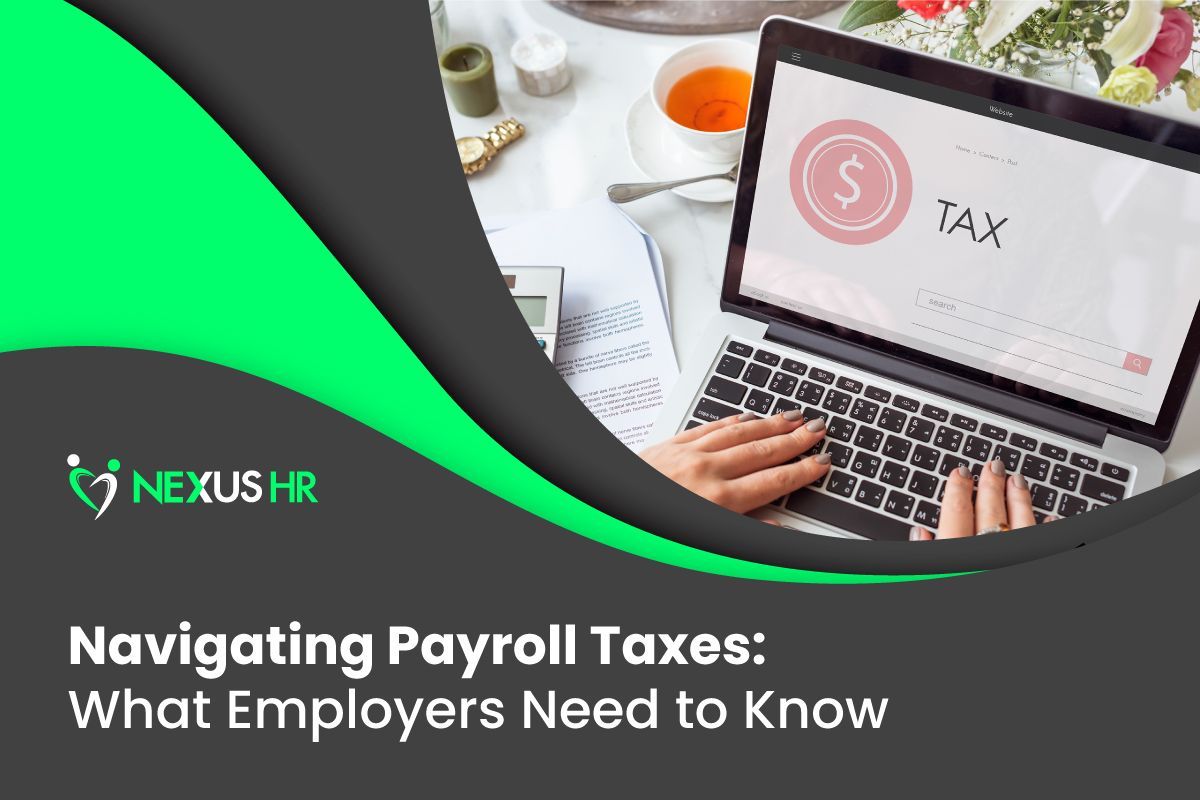What is People Analytics, and Why Does My Company Need It?
“Truly successful decision-making relies on a balance between deliberate and instinctive thinking.” – Malcolm Gladwell
Every day, business leaders face the challenge of making crucial decisions that benefit and grow their organizations.
When is the right time to hire more people? Who needs to get promoted? Which team members are at risk of quitting?
As a company leader, you’ve probably wondered if there’s an easier way to strike that delicate balance between trusting your gut and following a well-thought-out business strategy.
Well, there is. It’s called people analytics.
What is People Analytics?

People Analytics author Ben Waber defines people analytics as a “data-driven approach to people-related decisions and practices.” It’s about collecting an organization’s employee data and transforming it into actionable insights that improve business outcomes.
People analytics helps business leaders make smart, strategic, and data-backed decisions that result in better talent selection, improved performance management, and increased employee retention.
Also known as workforce analytics or HR analytics, people analytics can be
traced back to Frederick Taylor’s 1911 book
The Principles of Scientific Management. However, it gained popularity in the early 2000s as organizations started to leverage advanced analytics techniques to examine workforce data and extract insights for better decision-making.
In 2001, pharmaceutical company Merck formed their
HR Decision Support team, arguably the first group dedicated exclusively to HR-specific analytics or decision science.
Since then, the field of people analytics has evolved significantly, with people analytics roles and teams popping up all over the United States. As technology and data analytics capabilities advanced, so did people analytics.
How People Analytics Can Help Your Company Grow

Data is power, and it’s driving the future of organizations everywhere. In fact, The Future of People Management report states that 70% of executives say they could make better decisions faster if they had better access to workforce data.
But how can people data and people analytics help your company grow?
People Analytics for Dummies author
Mike West says that people analytics “helps leaders and employees make better decisions together—reinforcing organization-based competitive advantages, which result in sustained [organizational] growth over time.”
Here are a few ways you can apply people analytics to drive your organization toward success:
Talent Acquisition and Hiring
People analytics can help organizations optimize their recruitment and hiring processes.
According to people analytics software company
Visier, analyzing data on successful hires (qualifications, skills, previous experience, etc.) can help you identify the critical candidate attributes that produce quality talent. This allows your
staffing and recruitment team to refine their candidate selection processes and ultimately improve the quality of your company’s new talent.
Productivity and Retention
People analytics is an excellent way to know what factors contribute to an employee’s decision to stay with your company. It also helps you identify which employee engagement and retention initiatives work and which don’t.
For example, the PNC Financial Services Group ran an experiment to see the impact of pay increases on the productivity and retention of top performers, and they used people analytics to determine whether or not the idea was practical.
“We looked at HR data (retention) and business factors (customer experience, controllable contribution),” said Senior Vice President of HR Metrics and Analytics Jay Wilkinson. “The results showed that the pay increases did, indeed, lead to improved productivity and retention.”
Read More:
5 Ways to Increase Employee Retention
Diversity, Equity, and Inclusion
By gathering and analyzing data on employee demographics, representation among leadership positions, and individual employee experiences, you can determine whether or not your organization’s diversity, equity, and inclusivity initiatives are effective.
E-commerce giant
Wayfair uses people analytics to ensure inclusivity is embedded in all its people practices—from creating a more diverse workforce and ensuring equitable processes, to helping its leaders steward an inclusive culture.
“For the first time, we could easily tell the full story around outcomes for underrepresented talent at every stage of the employee lifecycle, from hiring through exit,” said Wayfair’s People Analytics Manager Dylan Mendelson. “This was crucial to understanding what the problems were, why they existed, and how to solve them.”
Read More:
What is DEI in the Workplace?
Performance Management
Performance management helps you understand what your employees may need in terms of motivation or communication to improve their overall performance. It’s also how employees know what to do to meet the organization’s expectations, get a raise, and receive a promotion.
Using data such as key performance indicators (KPIs) and goal achievement metrics, people analytics can help provide insights into how your employees are performing, who are the top performers, which areas they need to improve in, what factors influence their performance, and what you can do to help them achieve organizational goals.
Read More:
Questions to Ask in a Performance Review
Growth and Career Planning
Besides playing a pivotal role in the growth of your organization, data also helps drive the growth of your people. According to Global Talent Trends 2022–2023, individuals who feel empowered in their careers are 2.6 times more likely to have had access to career path information.
People analytics can help you and high-potential employees prepare for company growth and career opportunities. By looking into and analyzing data on your employees’ skills, performances, and career progressions, you can identify team members who can assume critical leadership roles in the future.
Having accurate data allows you to explore different approaches to ensuring your current employees and teams are fully equipped to meet your organization’s future needs. Whether you’re considering
quiet hiring, implementing
mentorship programs, or conducting
stay interviews, your decision-making process must be data-backed and data-driven to succeed.
People Analytics: Indisputable Data That Backs Up Your Business Decisions

Implementing a people analytics strategy is about leveraging data and analysis to gain insights into your workforce, enabling you to make more informed decisions and drive positive outcomes in recruitment, engagement, performance, talent management, and diversity.
If you’re considering it, your first step should be to inform and collaborate with your
HR team. Talk about what you want to achieve, what your data sources are, what tools you need, and what the next steps should be for collecting and analyzing data.
If you don’t have an in-house human resources team,
Nexus HR can be your full-service HR partner. With its expert teams and cutting-edge technology, Nexus HR can help you gather, organize, and prepare all necessary employee data for your people analytics program.
Develop data-driven strategies that back up your business instincts with people analytics, and get all the HR, recruitment, and
payroll support you need from Nexus HR.











